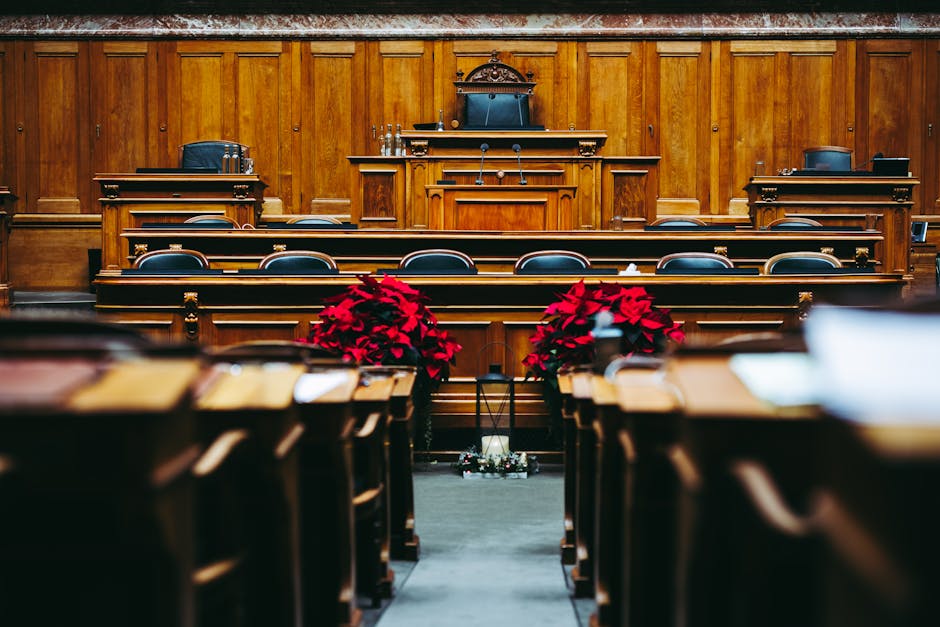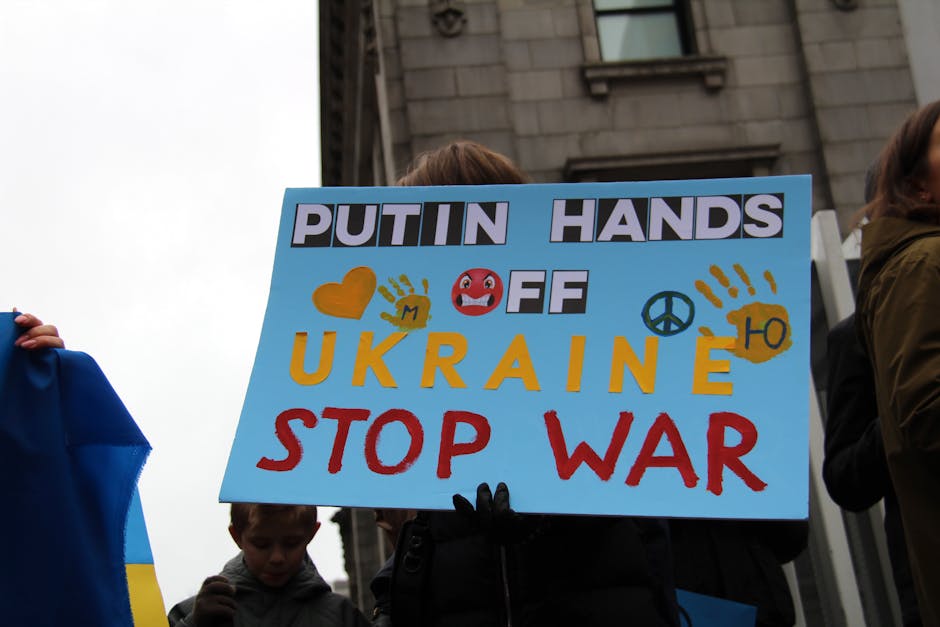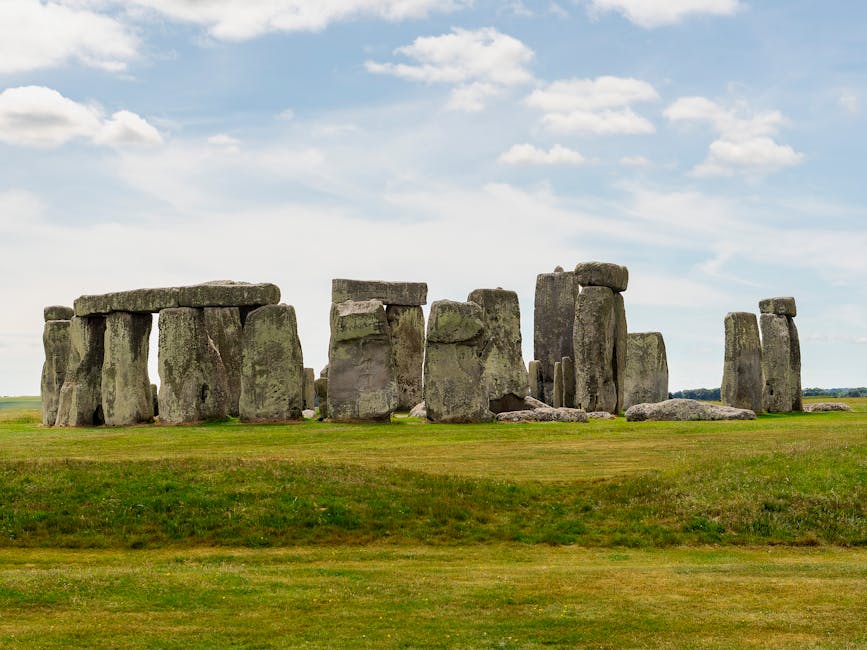In the high-stakes world of global diplomacy, the complex reality facing New Delhi this week has been amplified as US President Donald Trump unleashes a flurry of moves that sends ripples directly towards India’s shores ahead of his visit.
US Sanctions on Russian Oil Giant Rosneft
The first major development is the Trump administration’s decision to slap sanctions on Rosneft Trading SA, a subsidiary of the Russian state-controlled oil giant Rosneft. The official reason cited by Washington is the firm’s role in propping up Venezuela’s Maduro regime by handling its crude oil exports, thereby circumventing existing American sanctions.
While this appears to be a US-Russia-Venezuela affair on the surface, it serves as a stark reminder for India of Washington’s willingness to use its economic might as a primary foreign policy tool—a tool that could be pointed in other directions.
Why This Matters for India’s Balancing Act
For India, this move complicates a delicate geopolitical balancing act. New Delhi maintains a deep, historical relationship with Russia, particularly in defence and energy. Simultaneously, its strategic partnership with the United States has become a cornerstone of modern Indian foreign policy.
When Washington sanctions a major Russian entity, especially in the crucial energy sector, it raises anxiety in South Block about potential secondary sanctions. This challenges the strategic autonomy India strives to maintain while navigating its powerful alliances.
The Backdrop: US-India Trade Tensions
These sanctions do not exist in a vacuum; they arrive “amid India tariffs.” The long-simmering trade friction between India and the US is the critical backdrop to all recent developments. President Trump has been vocal about what he considers unfair trade practices on everything from Harley-Davidson motorcycles to medical devices.
India has consistently defended its tariffs as necessary for its own economic interests. This ongoing friction forms the tense subtext to the upcoming “Namaste Trump” event, a visit meant to celebrate and strengthen US-India ties.
Trump’s ‘Modi Call’ Claim Adds Pressure
Adding another layer of complexity is President Trump’s quintessential curveball: the “big Modi ‘call’ claim.” Speaking to reporters, Trump alleged he had spoken to Prime Minister Narendra Modi, who he claimed was not in a “good mood” about the ongoing trade negotiations.
This is classic Trump diplomacy—personal, theatrical, and designed to put the other side on the defensive. Whether the call occurred exactly as described remains unconfirmed, as the Indian government has maintained its typical dignified silence. However, the claim itself serves Trump’s purpose by projecting toughness to his domestic audience and applying public pressure on India just days before his visit.
Navigating Unpredictability
This series of events is a microcosm of the current US-India relationship: immense potential shadowed by transactional unpredictability. The sanctions on the Russian firm are a warning, the tariff dispute is a persistent thorn, and the “Modi call” claim is a reminder that diplomacy with President Trump involves both public spectacle and private negotiation.
As India prepares to roll out the red carpet, it is clear that managing this relationship requires a steady hand. While the optics of the Ahmedabad rally will be spectacular, the real work will be navigating the hard realities of national interest behind closed doors.




